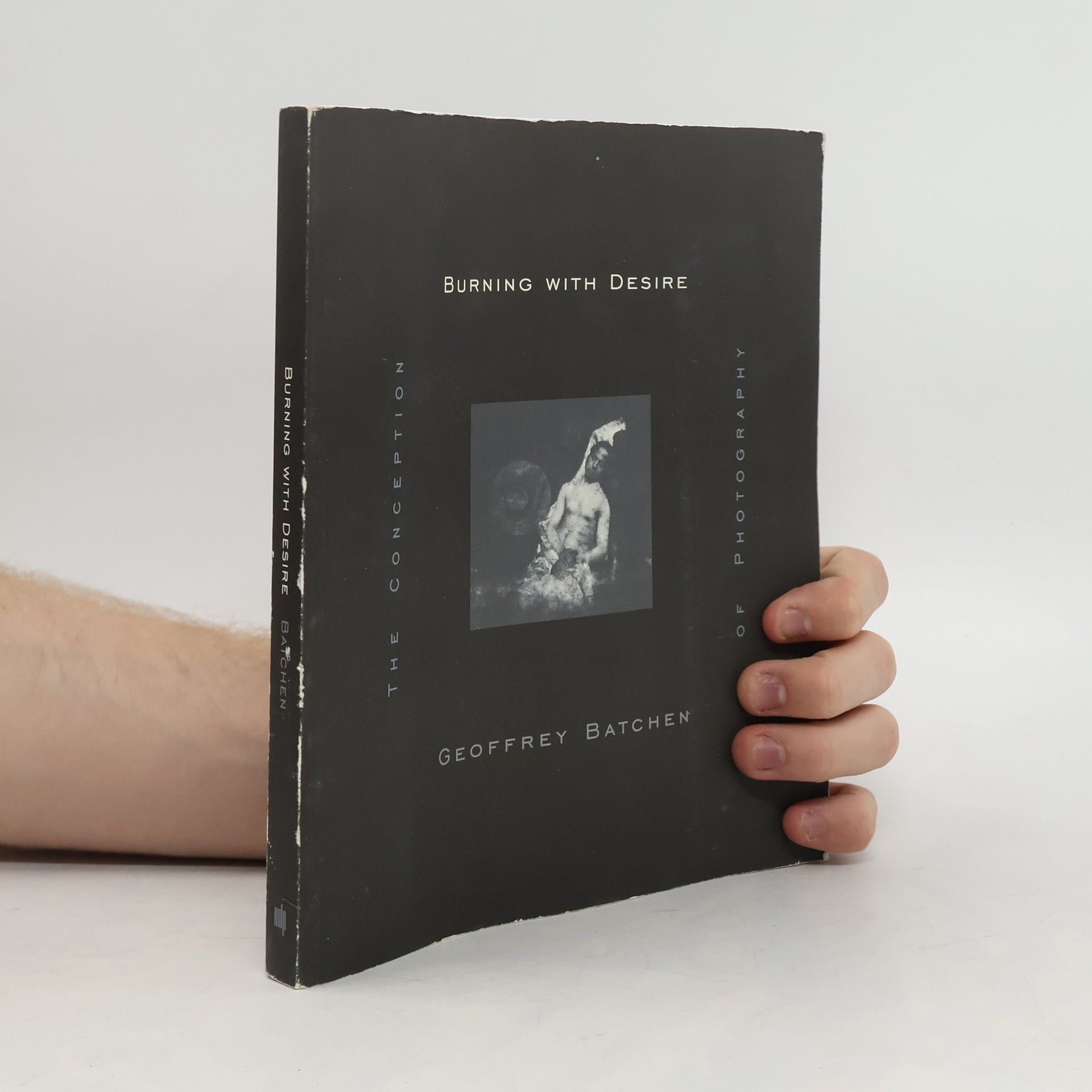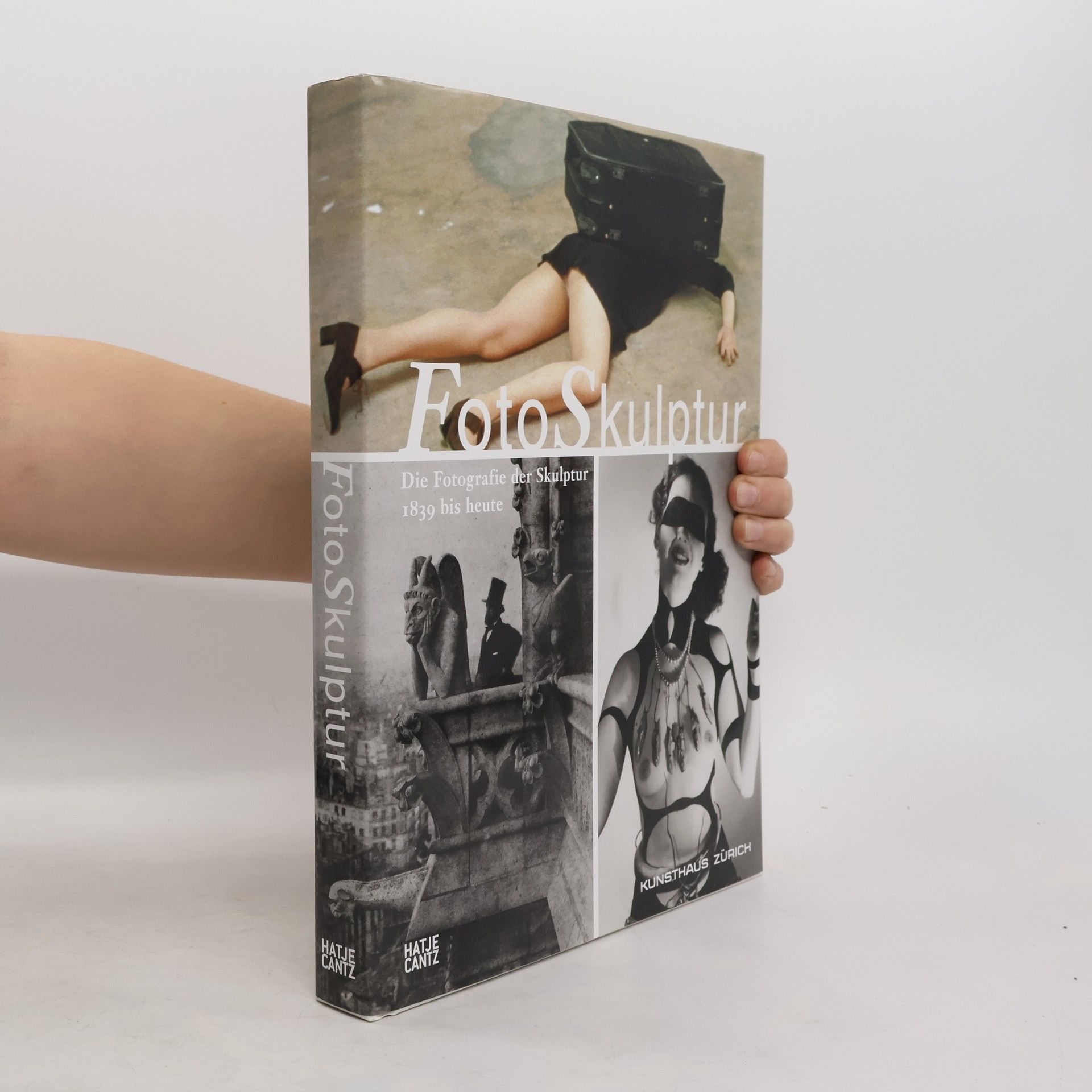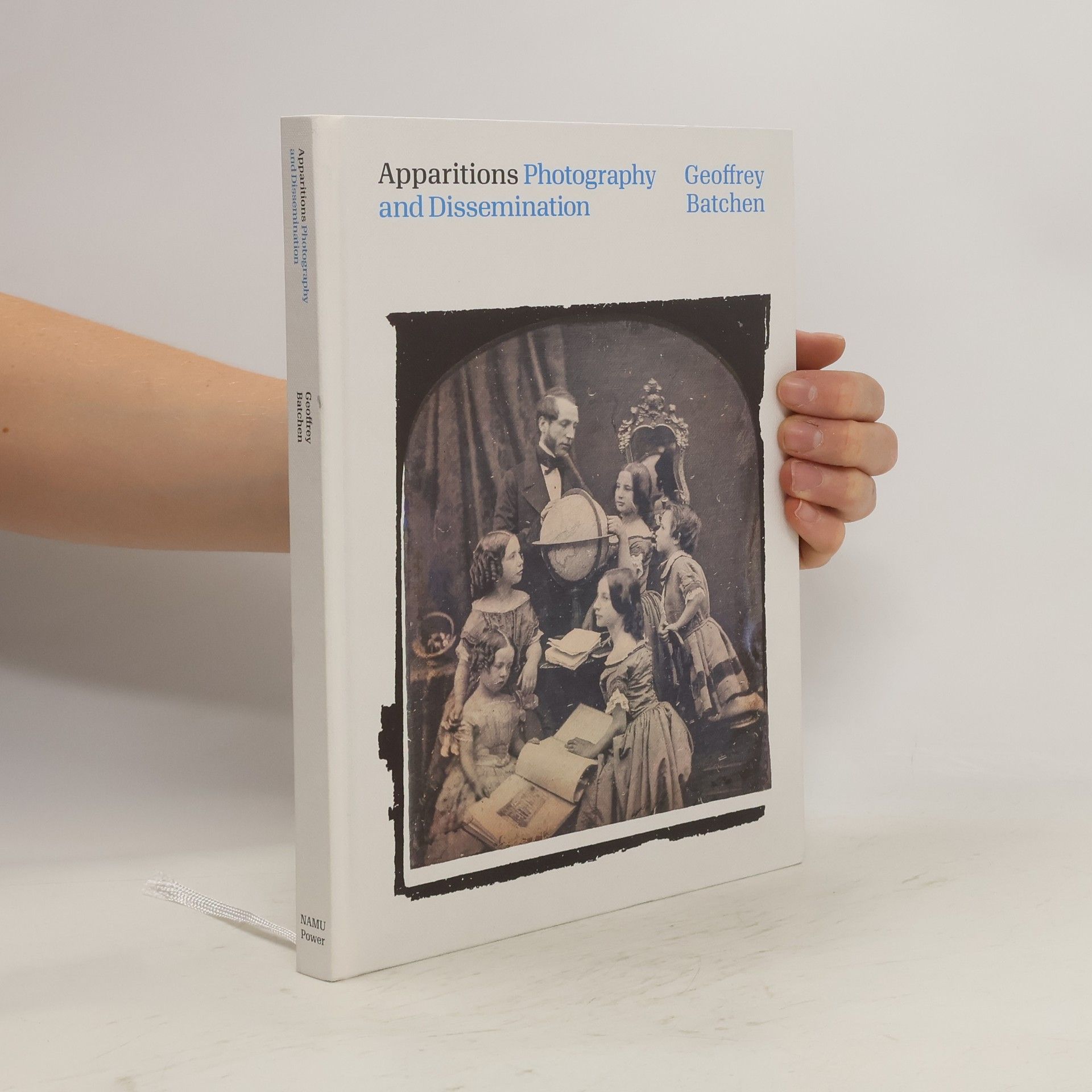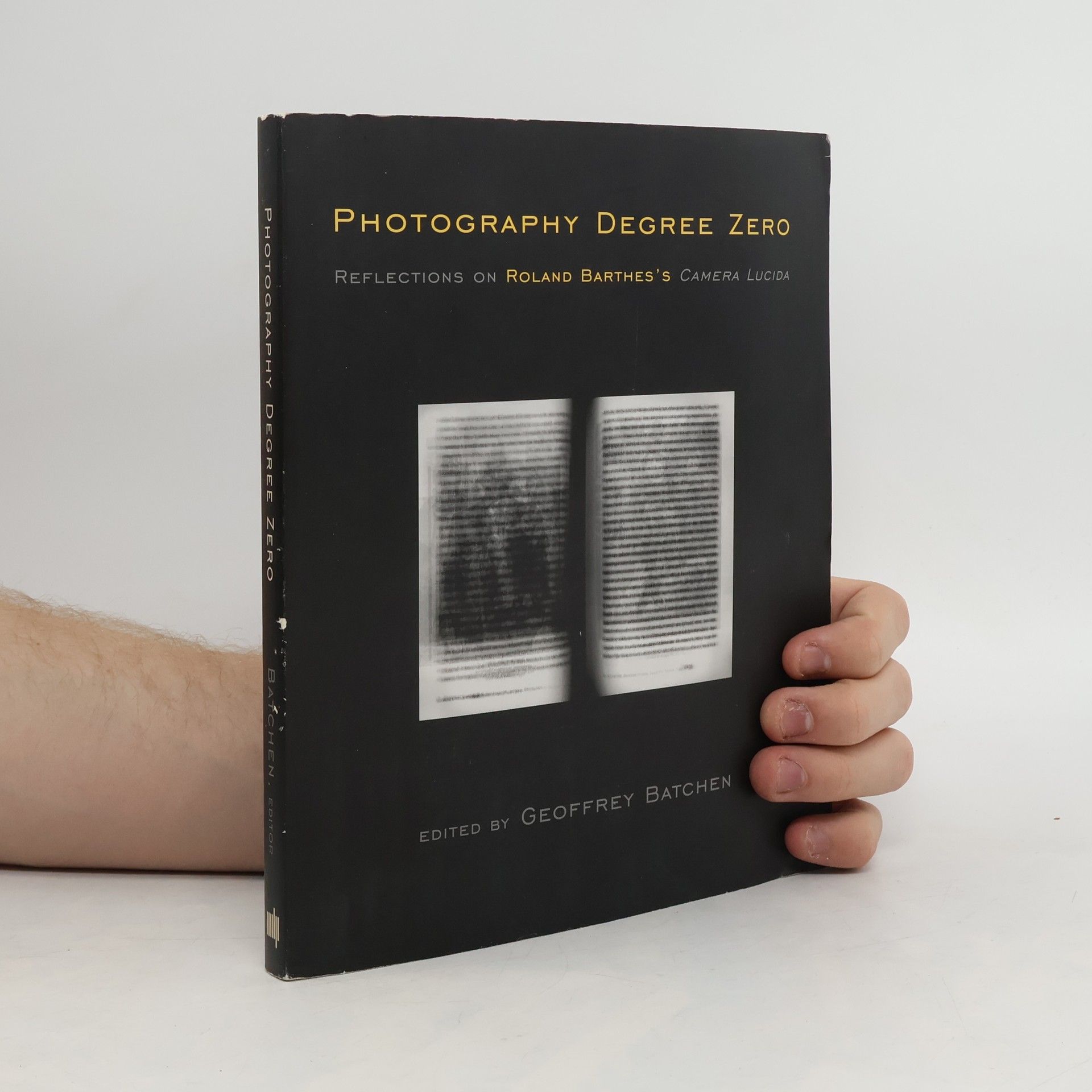Geoffrey Batchen: Bild-Erscheinungen
Eine kleine Geschichte fotografischer Verwandlungen Reihe Fotokritik
- 200 Seiten
- 7 Lesestunden
Der Autor untersucht, wie Fotogeschichten über die Grenzen der Fotografie hinaus erzählt werden können. Geoffrey Batchhen fordert eine neue Mediengeschichte der frühen Moderne, die sich mit der Migration und Verbreitung fotografischer Bilder in verschiedenen Medien auseinandersetzt. Seine Studie verfolgt die Wanderungen dieser Bilder und beschreibt eine dynamische visuelle Kultur, die die intermedialen Aspekte der Fotografie betont. Batchhen argumentiert, dass die Geschichte der Fotografie stets eine Geschichte von medialen Transformationen war.





